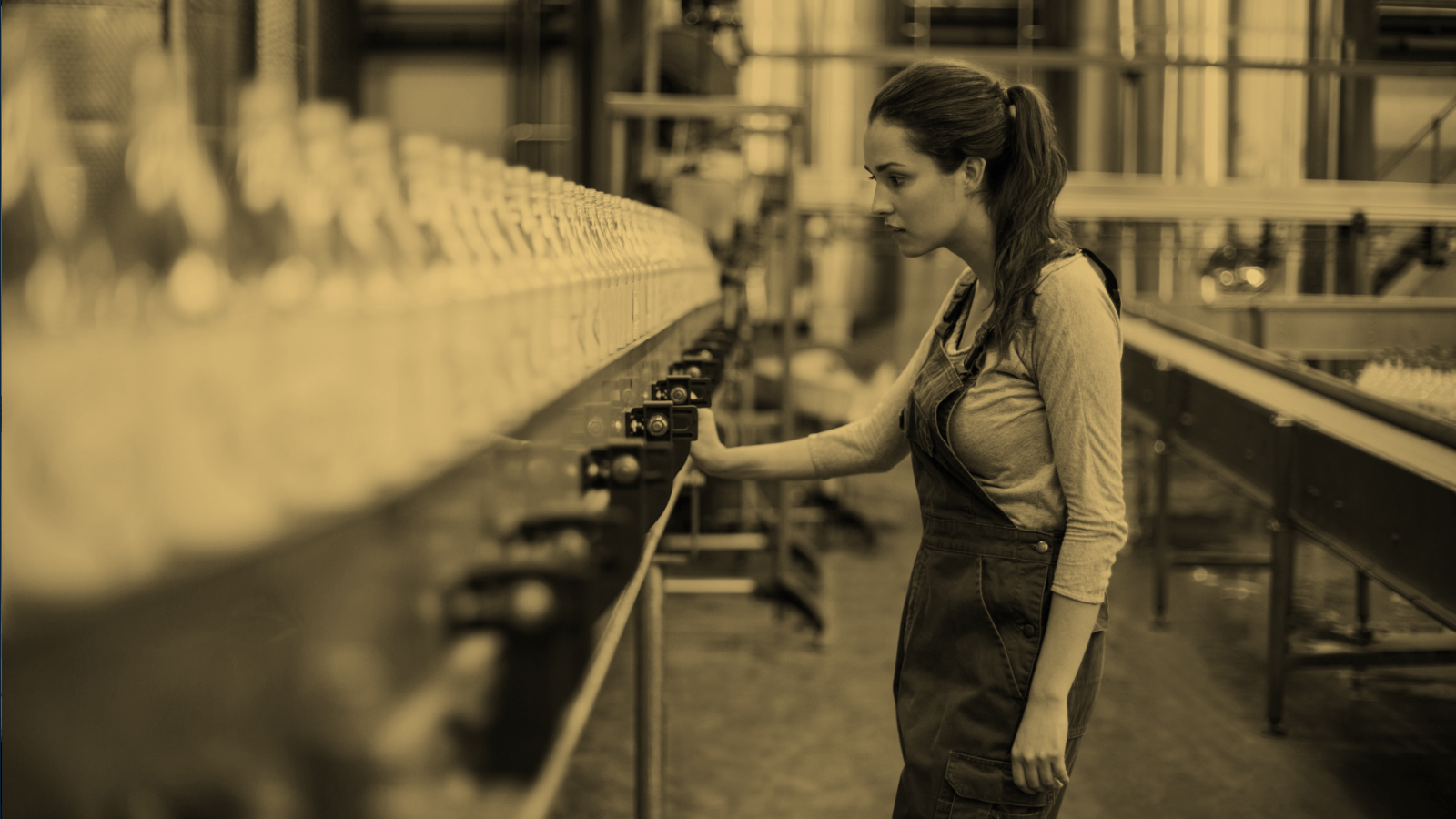
Production methods refer to the various ways that products are manufactured. There are three primary production methods: continuous, batch, and job. Each of these methods is suited to different types of products, depending on their production requirements.
Continuous production is a method that is typically used to manufacture large quantities of identical products. This method involves a continuous flow of raw materials through the production process, with each stage of the process being tightly controlled. Continuous production methods are ideal for producing goods that are high volume, low variety, and low customization. Examples of products that can be made using continuous production methods include steel, paper, and chemicals.
Batch production is a method that involves producing a specific quantity of a product in a single batch. Each batch is produced separately, with each batch being slightly different from the previous one. This method is typically used for products that are high variety and low volume. Examples of products that can be made using batch production methods include baked goods, pharmaceuticals, and cosmetics.
Job production is a method that involves producing custom-made products to individual customer specifications. Each job is unique and requires a high degree of customization. This method is typically used for products that are low volume and high variety. Examples of products that can be made using job production methods include furniture, jewelry, and custom-made clothing.
In conclusion, choosing the right production method is critical for maximizing efficiency and productivity. By understanding the differences between continuous, batch, and job production methods, businesses can select the most appropriate method for their product and manufacturing requirements.





0 Comments